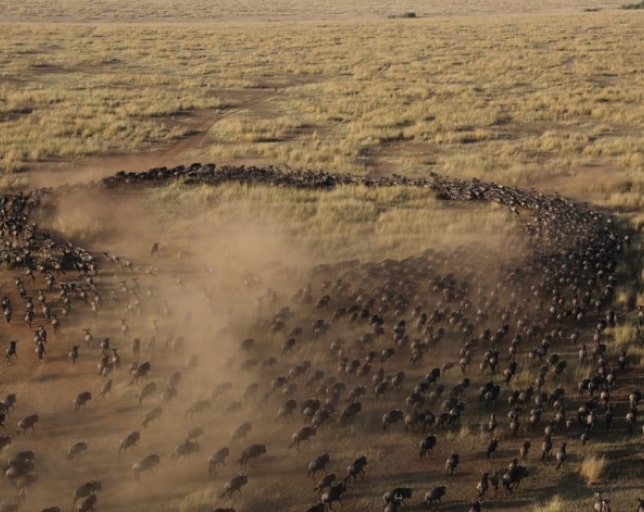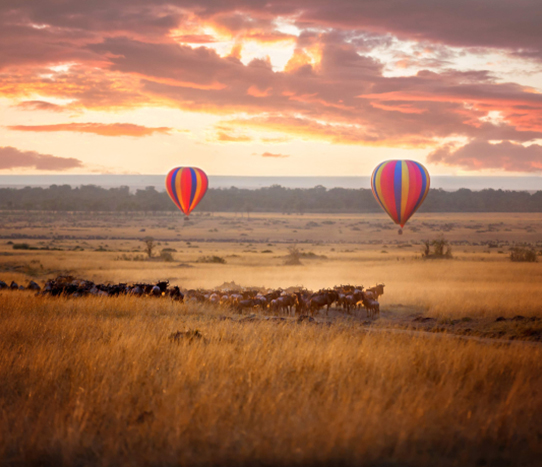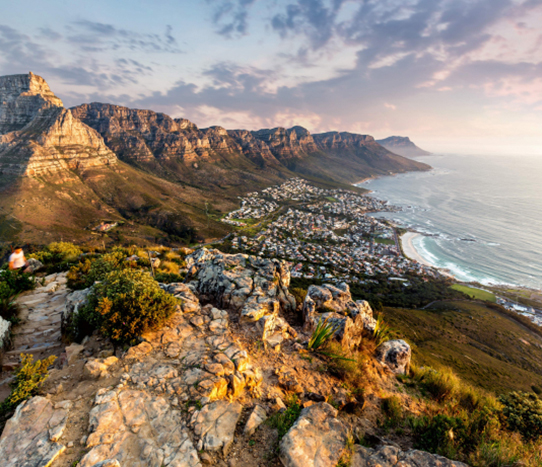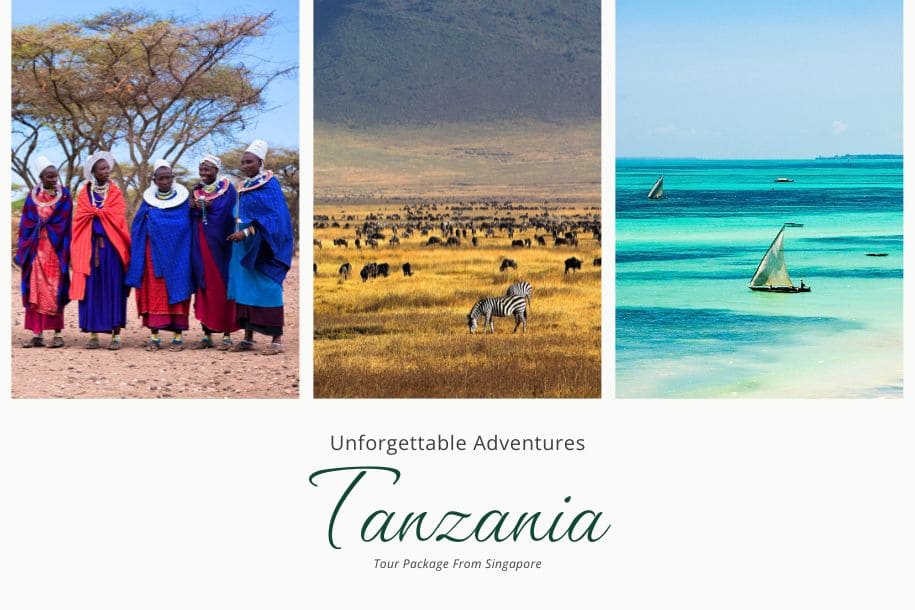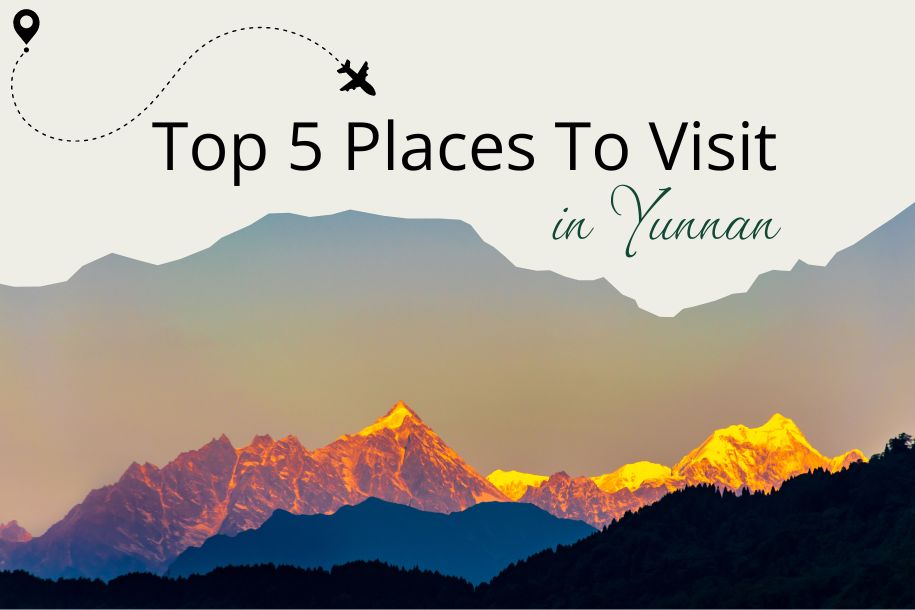If you are a wildlife enthusiast and nature lover, you must experience the Great Migration on your East Africa Vacation. A popular feature of African Safaris, this circular migration of around two million animals is unlike anything you have ever seen. These animals play a vicious game of life and death looking for food and water as lions and hyenas wait in their way looking for any opportunity to thin out the large herds.
What Is The Great Migration?
With over 1000 animals per square kilometre, the Great Migration is the largest herd movement of animals in the world. The herds have well over a million wildebeests and 300,000 zebras along with other animals like the gazelle and topi.
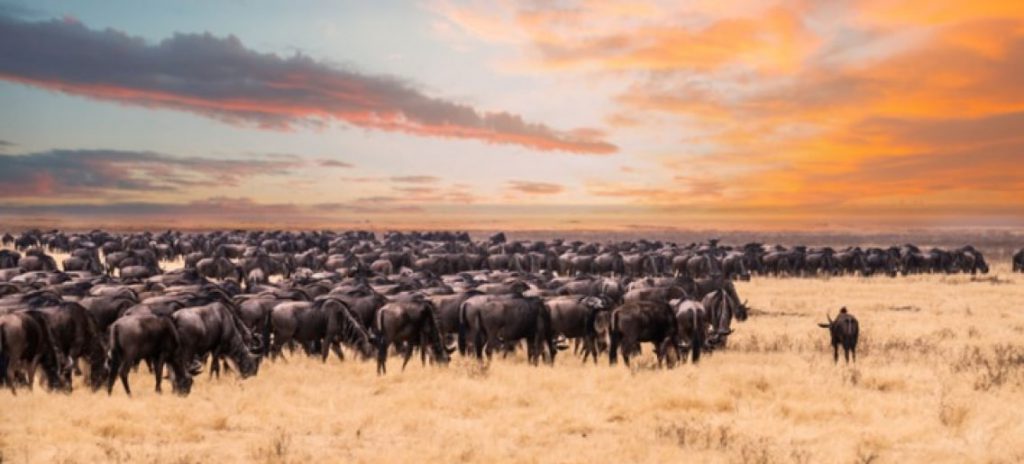
What Is The Best Time Of The Year To Witness The Great Migration
The seasons in Kenya and Tanzania are mostly divided into wet and dry seasons. Although there are benefits to visiting during the dry season as there are less frequent rains and the temperatures are warmer, the wet season has its own charm and adventure. Plus, the Great Migration goes on throughout the year, so there isn’t a single time of the year that is better than the other to see it. It really depends on what aspect of the Great Migration you want to witness, and the time that is most convenient for you. Whether the great herds are calving in the south or searching for pastures in the north there is always a massive variety of mind-boggling scenes for you to witness.
The Great Migration Throughout The Year
The migration constantly stays on the move throughout the year, however, looking at historic migration patterns it is easy to predict where the herds will be at a particular time of the year.
January-March
In January the herds finish their southward trek and move into the Ngorongoro Conservation Area through to the eastern edge of the Serengeti. This season is also known as the calving season, as around 500,000 calves are born from January to March. However, this is also one of the times when the herds are extremely vulnerable and the calves make them easier targets for different predators.
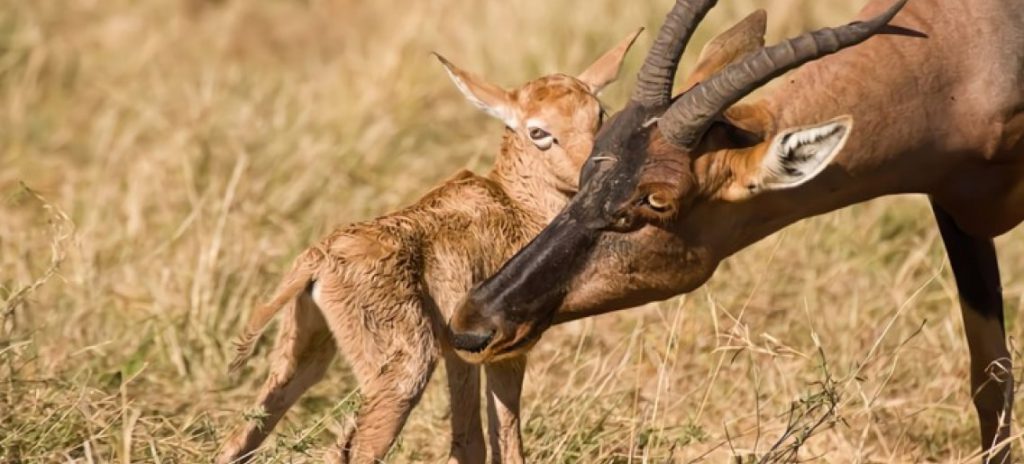
The Southern Plains have plenty of fresh grass for the wildebeest to graze on in January, attracting the herds to enjoy the abundant grazing in preparation for the coming month. By late February most of the female wildebeest start to calve. This process continues till the end of March when the herds start preparing to move north as the plains start to dry out.
April-May
By the start of April, the grounds start to become drier and the rains become much less frequent. It’s time for the herds to start moving north into the central Serengeti in search of fresh grass. They move leisurely through the central area of the park making most of the fresh grass they can find.
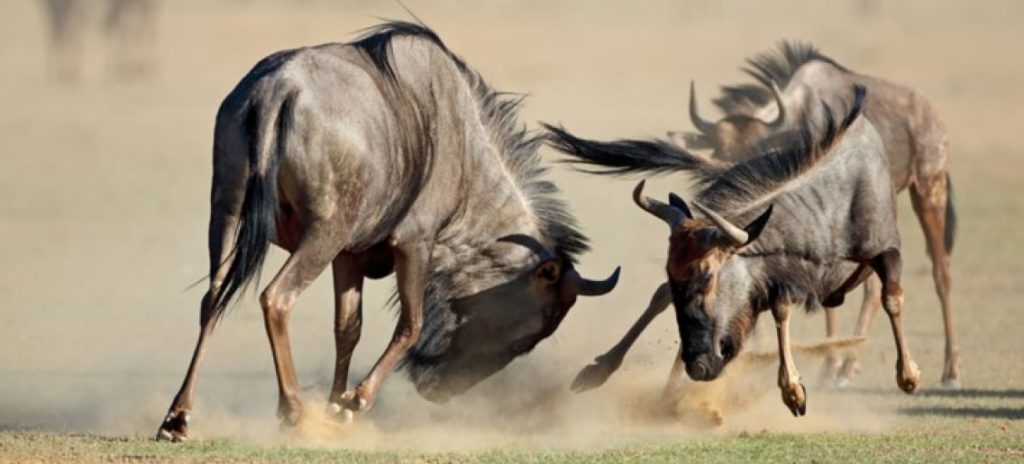
This is also when the mating season starts and the male wildebeests fight each other to find a mate. The journey continues as some of the herds head west into the Western Corridor and cross the Grumeti River while others flood the Moru Kopjes in the central area of the park.
June-July
June is when the dry season really starts and the animals have to cross the river in search of greener pastures. They have to journey across the crocodile-infested river where the crocodiles are waiting to prey on the weaker animals. This can be considered one of the most exciting wildlife events on earth.
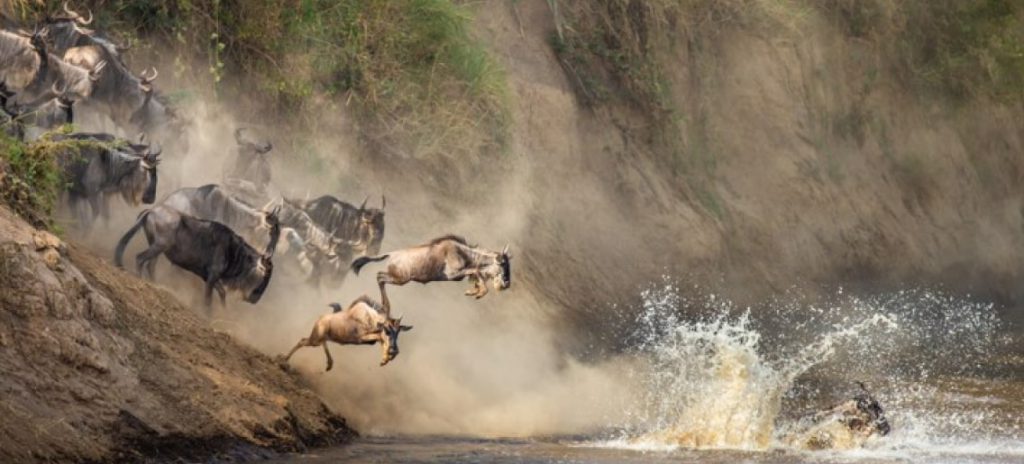
In the month of July, the herds of wildebeest and zebra continue moving north along the western edge of the park where they are faced with an even more dangerous challenge: crossing the Mara River situated in the north of the Serengeti. Most of the animals that have made it through the Mara River congregate at the Masai Mara. Visitors have the option to watch the river crossings from the main deck of selected luxury bush camps during their holiday in Kenya.
August-October
In August, most of the herds spread throughout the Masai Mara’s northern region while some stayed in the northern Serengeti. By this time, the herds have been thinned out either by the heavy water flow, crocodiles, or the lions and other predators lurking by the banks to ambush the wildebeests. By September most of the chaos ends as the herds move eastward. However, the wildebeests have to face heavy rains and cross the Mara River once again by the end of October as they start to return southward.
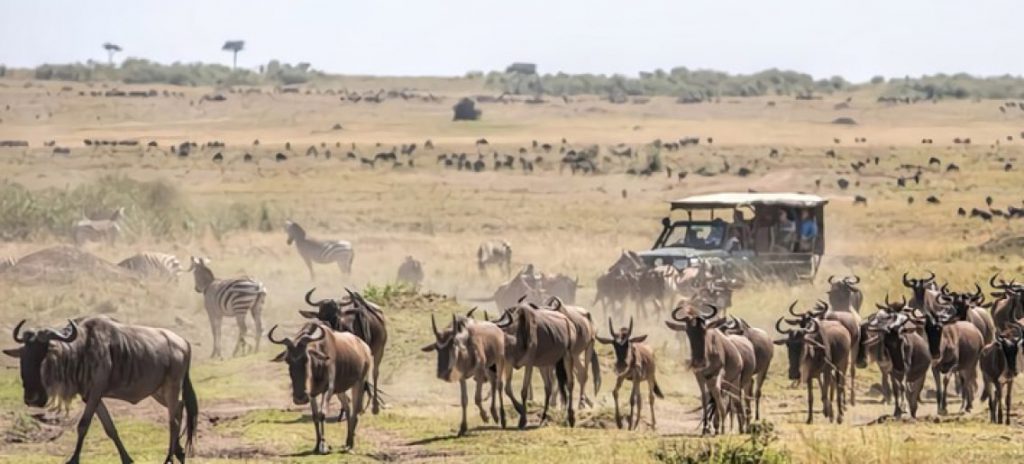
November-December
Once getting through the short rainy season, the wildebeest moves towards eastern Serengeti and past the Namiri Plain. The round trip ends for these herds as they spread throughout the eastern and southern reaches. This area is also perfect for cheetah sightings which attract a lot of visitors from different parts of the world. As the new year starts, the south of the Serengeti becomes lush with fresh grass because of the abundant rainfall, attracting the wildebeest zebras, and other animals. The ever-moving circular migration carries on a new cycle once again.
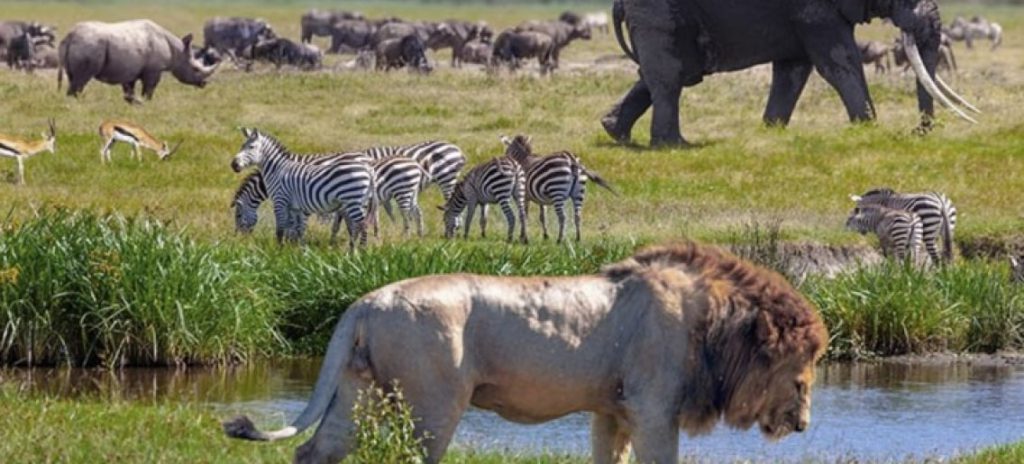
Finding An Ideal Vantage Point
The Great Migration involves over 2 million animals, so there is plenty of action for visitors to see throughout the year. However, if you want to get the best view, you need to know how to find an ideal vantage point.
On a Tanzanian or Kenya Safari, Serengeti National Park in Tanzania and Maasai Mara National Reserve in Kenya are by far the two places that offer the best vantage points.
When planning your safari holiday to Kenya or Tanzania, keep in mind that all the herds aren’t used to moving in unison, and most of the time, the exact timing of the mass crossing can be hard to predict. However, if you want to catch the mass crossing, planning your trip between early to mid-July would offer you the best chance for witnessing this amazing spectacle. Here at Beyond Footprints Travel, we will also check with the local rangers on the animal’s movements to better advise you on the best travel route. Thinking about your dream safari holiday? Have a chat with us and we can work with you to curate your personalized travel plan!

